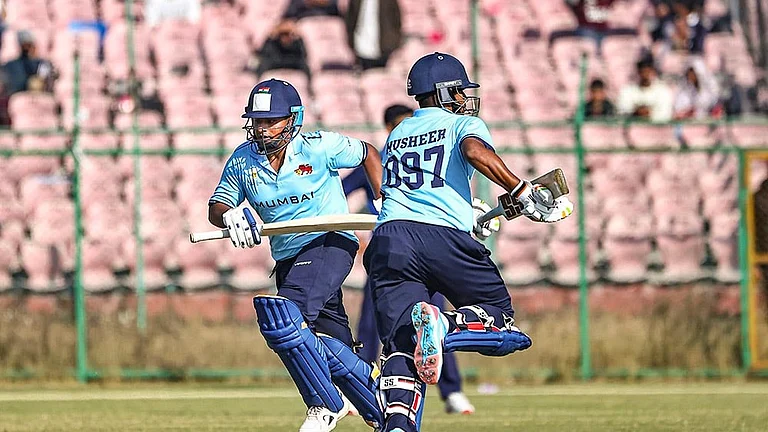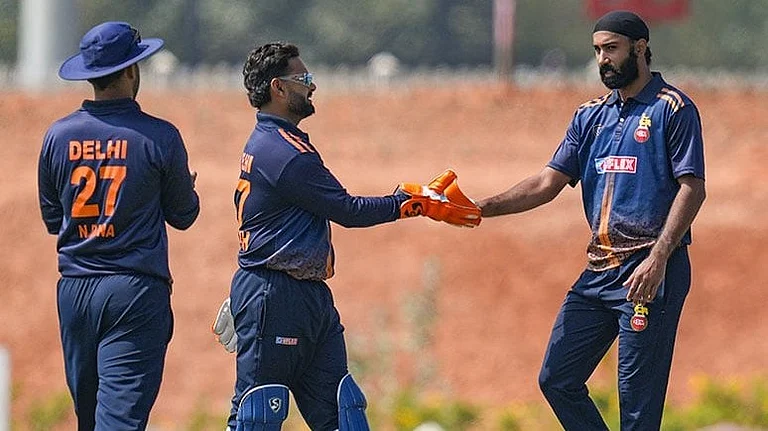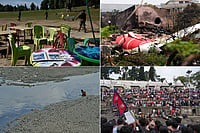There is a bicycle repair shop near the old mill area in Mumbai. You can hire a pushbike and paddle back to 1981-82. The doctor was very much alive. The doctor is still alive. To find him you must stream through the veins of the lanes, clotted with the chawls and tenements, slums and innovative dwellings, and serpent between the flab and fat of the modern housings, societies, posh nightclubs, malls, and respectable restaurants.
The cycle must balance between the children clad in safety-pinned clothes, and adults toiling or lying in a stupor. The houses throb with curses, wailing, or good-hearted shouting. Far and farther you roll, and at some point ‘these’ lanes become ‘those’ lanes, Mumbaikar mill workers become Kolkata’s jute mill workers, become the lunch-bucket workers from the Southern United States of America or the day earners of Harlem and Paradise Square; at some point time reels out of the spool, crazy-changes the colors from Eastman to sepia to B&W.
The mills, when you finally stand in front of one, wear the look of a vagrant with a half-burnt cigarette hanging unlit from his mouth. The ridge ventilators of the building are dilapidated and blackened. The roof panels are ripped off; so are the chimneys and other exhaust pipings. You know what happened to the place. You wonder why it is not an upmarket edifice yet.
One writer cum journalist penned ‘Ahantar’ (1997); the ink came from his memory pot; Jayant Pawar has a blue-collar background. His Marathi play sculptures the house of the Aai, her three sons, and a daughter, and the writer detailed the derailed lives of the workers once the mills left them high and dry, and how they milled their lives and lived their deaths once the great textile strike was called on 18 January 1982 by the mill workers of Mumbai under the leadership of Doctorsaheb Dutta Samant. The drama inspired director Mahesh Manjreker to capture the susceptibility of the workers, especially their homemakers and their children, and also their heart wreckers - politics and poverty, crime and capitalism. The City of Gold (in Marathi, Lalbaug Parel) was his 2010 film.

The Mumbai we witness in the movie succumbs to the insatiable and urban hunger for ever-premiumization and overspill and growth. Cities tend to devour their poor segments and replace the slow-profiting industries with fast-money real estate. Cities tend to push their founders and the real hands erecting those foundations far from its heart. And the hands become dirty.
The meridian of the drama is not the closure of the cotton mills by the next generation owners in search of a facile gain but the moral decay of the protagonists, especially the perversion of mind endemic to youth from those workers' families. The segments we would have called children lose their innocence and metamorphose themselves into a wolf pack. If a set of evil curses set forth this transformation it includes poverty and how want diminishes the stature of parents who cannot provide food and education to them.
We watch their fall. As the night sprawls across their moral ground their teeth and nails sharpen and seek blood, and the rate of crime pulsates fast and high.
Bollywood keeps the historic textile strike alive in numerous adaptations of the same. Mumbai Saga, Bombay Velvet, Class Of ’83… the list grows and grows. The common theme, at least a few of them are the exposure of the capitalist, politicians, police, and gangster catenation. Also if we look into the abyss we shall see the concept of socially acceptable behavior and rectitude in the young people rotting away.
Barbara Harlow argues that “the theory of resistance literature is in its politics. There is one must - necessity of political awareness, and perhaps of history as well. She writes that the narratives of resistance “make on the reader in their historical referencing and the burden of historical knowledge such referencing enjoins” In my opinion, a vast majority of the works of literature or art settles in the sediments of time because of the demand for a piece of particular knowledge. If one does not know the history of the Mill Workers' Strike, will he find the movies and dramas made on the subject uninteresting?
If you remember Paar (The Crossing), a 1984 movie directed by Goutam Ghose, the simple narrative of a complex and very political situation does not really rely on any particular incident or any specific leniency. One need not know about feudalism and the exploitation of the untouchables in Bihar, or the situation of mills in Kolkata to feel the pang of empathy for the protagonists. One may actually remember only the man and his pregnant wife driving pigs across the Ganges to earn money.
I remember watching Utpal Dutta's Angar (Coal) 1959, a leftist play on a coal-mine disaster. The desperation and eventual doom of the miners are not very unlike the fate of Jayant Pawar's mill workers.
The future generations of the audience will shiver and feel the power of the timeless resistance when they will hear the monologue of Aai's daughter, that she never thought of marrying a mill worker; that what else he might give her but the same poverty, same disturbance, one saree a year, two square meals, every other year a new cot for a new baby, nothing but what she had seen in her mother's life. Siren made her tremble. One scene from the movie annals stories and dreams of the destruction of characters not shown in the film. It is a monologue. "After all this while I can feel for the cockroaches. The taste of pesticide now I can comprehend."
There is timelessness. It reminds me of the book by Meena Menon and Neera Adarkar 'One Hundred Years, One Hundred Voices', "This history is not a work of nostalgia, rather we see it as filling a knowledge gap—in the reading of the history and future of Mumbai."


























